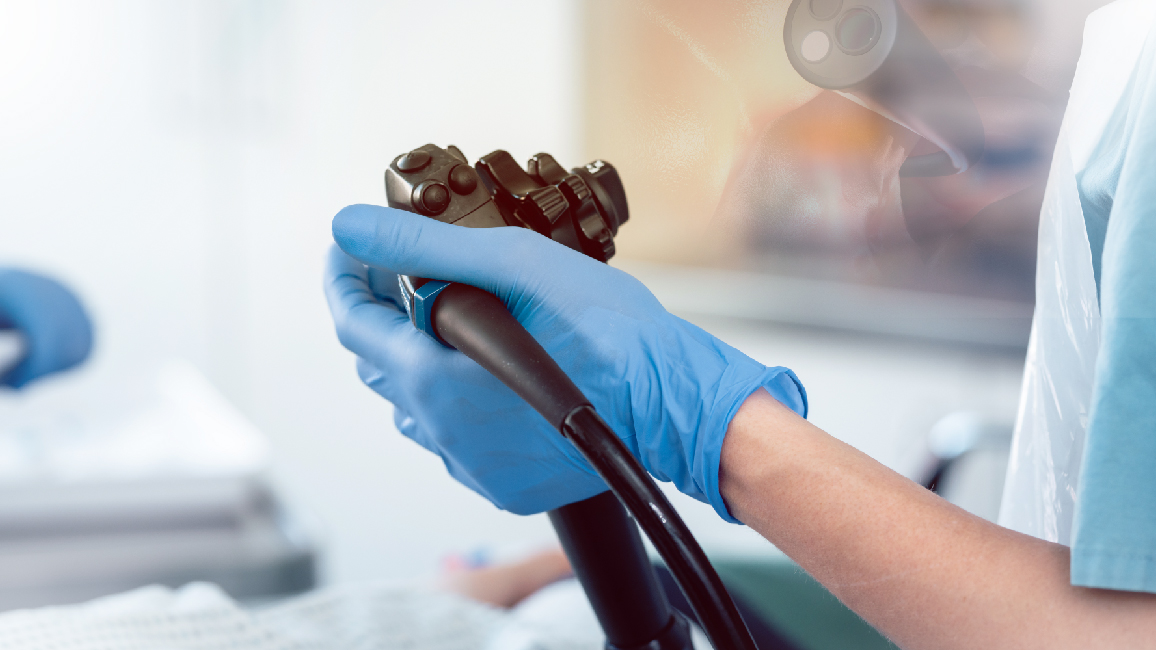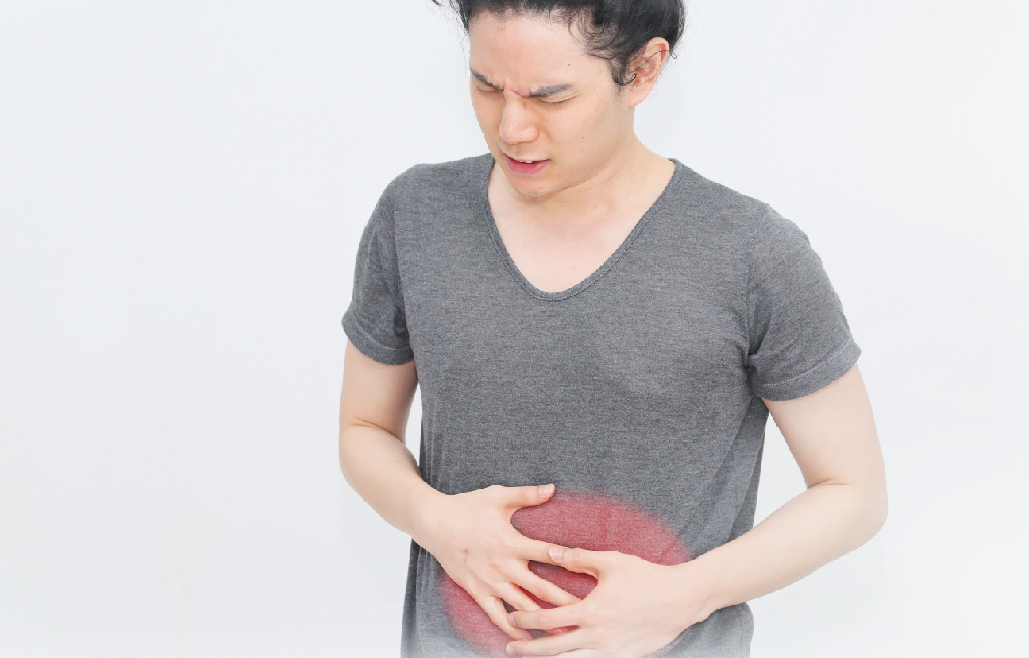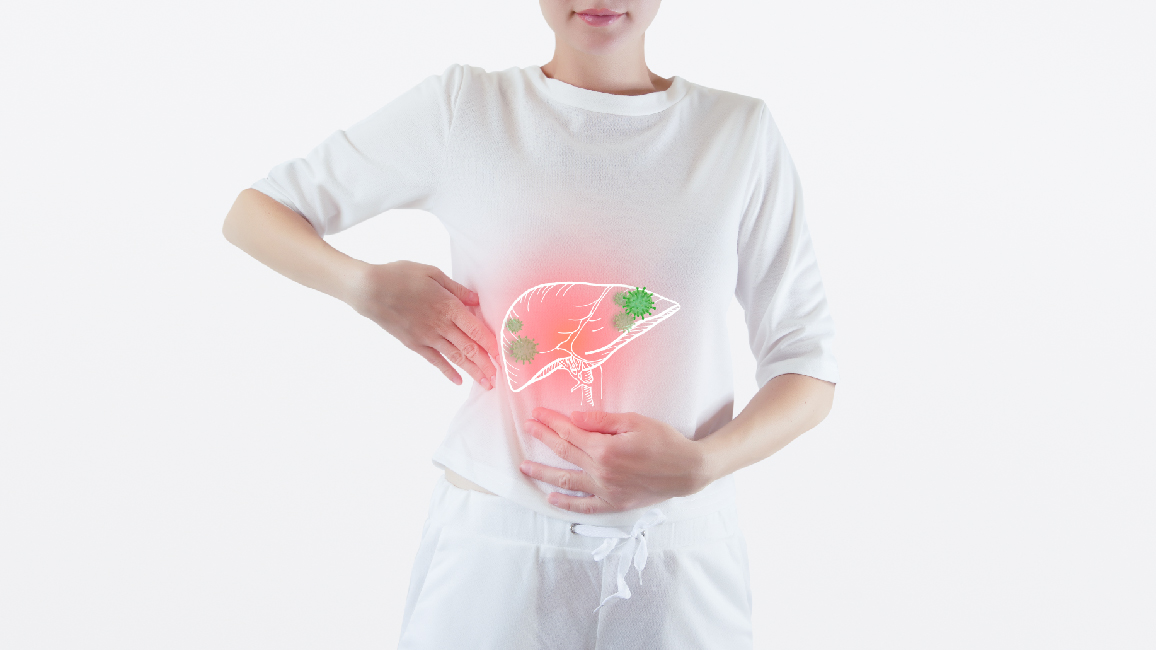When should a Gastroscopy be performed for stomach pain?
Center : Gastrointestinal and Liver Center
Article by : Dr. Sukhumpun Kaojarern

Abdominal pain is a common issue that many people experience. People have symptoms and choose to ignore them. Looking at it as a small matter or ignoring it. However, abdominal pain along with other symptoms can be a warning sign of an intestinal disorder and chronic abdominal disease. If left untreated the symptoms may result to severe complications. Therefore, gastroscopy may be recommended to see the details of the stomach and duodenum. It also helps confirm the diagnosis, confirm the cause and location and size of the detected ulcer. A biopsy can also test for H. pylori bacteria.
Choose to read by topic:
What kind of abdominal pain may require the Endoscopy?
If you have stomach pain, tightness or burning in the upper stomach and chest or neck area, bloating and indigestion. Frequent belching or nausea and vomiting including symptoms that indicate a severe disease. You should consider gastroscopy screening, including:
- Chronic abdominal pain for more than 4 weeks
- Choking while swallowing, difficulty swallowing, or pain when swallowing
- Sore throat, dry throat, hoarse voice or frequent coughing for unknown reasons
- Vomiting blood, passing stools with blood or black mucus
- Taking medicine to treat stomach problems and the symptoms do not subside
Gastroscopy
Gastric endoscopy (EGD) is the standard for accurately diagnosing diseases. It is also an examination that can be done easily and does not take a long time. By using a gastroscope which is a small flexible tube and has a diameter of approximately 1 cm. At the end of the tube there is a camera lens to enlarge the image. The other end is connected to a light generator and sends an image to the screen. It enters the mouth and passes through the esophagus into the stomach and duodenum. A gastroscopy is performed if the patient has symptoms such as upper gastrointestinal bleeding, reduce the need and the risks of patients requiring surgery. Doctors will provide immediate treatment.
Procedure for endoscopy (Gastroscopy)
- The patient will have an anesthetic sprayed in their throat and may be given an injection to put them to sleep.
- The examinee will lie on his left side. After that, a bite guard will be put on to keep the mouth slightly open. The gastroscope is then inserted into the esophagus, stomach and duodenum.
- The average gastric endoscopy takes approximately 10-15 minutes, or longer if there are more abnormal lesions requiring biopsy or there is also a removal of the skin tag or has stopped bleeding.
- During the procedure the doctor will insert a small amount of air to inflate the stomach to see the linings clearly. The staff will use a suction machine to eject the saliva.
- At the end of the examination, the gastroscope is removed quickly and easily.
Symptoms that may occur after undergoing a gastroscopy
- The tightness and discomfort in the stomach will subside when you fart or burp.
- There was bleeding from the biopsy taken for examination. The biopsy wound is usually small and the bleeding stops on its own. But if the patient takes anticoagulants this may increase the chance of gastric bleeding. The patient should notify your doctor before checking.
- Pain in the lower abdomen that subside and disappear will gradually develop.
- If you have any unusual symptoms, such as severe abdominal pain, stiffness, or high fever, please come see your doctor immediately without having to wait until the appointed day.
The patient will be sent to the Recovery Room for approximately 1-2 hours and will be able to know the endoscopy results on the same day.
Gastroscopy is a technique that is very useful in treatment and diagnosis. This will help identify the disease. The causes of such abnormalities result in timely treatment of disease. If diagnosed to have chronic abdominal pain and treated with medication and still not getting better or have other symptoms such as weight loss, loss of appetite, chronic vomiting or have a habit of eating meals irregularly, causing stomach pain that comes and goes, should undergo a gastroscopy.
Online Consultation
Free of Charge
Article of Gastrointestinal and Liver Center






